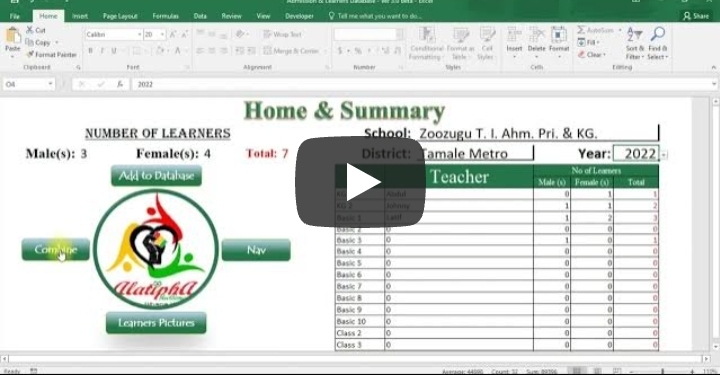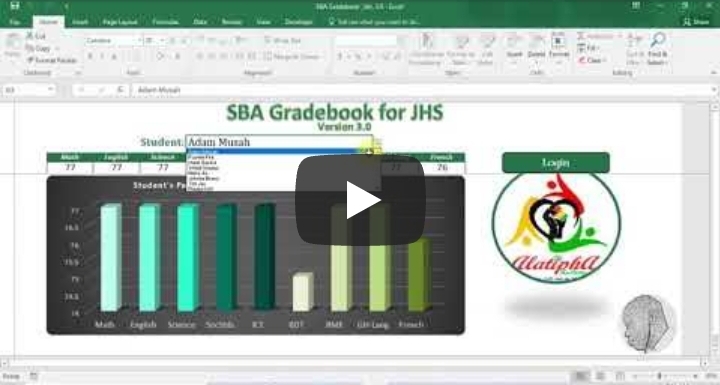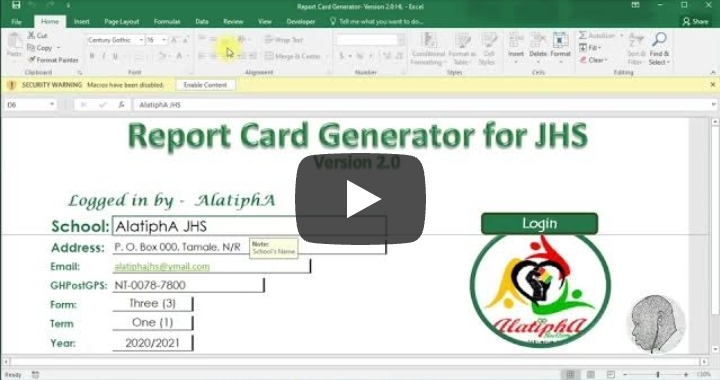2020 Retirees worse off; they earn less under pension reforms
Workers retiring this year have turned out to be victims of the pensions reform that promised better retirement income, only to deliver less than what its predecessor gave to retirees.
A Daily Graphic investigation has revealed that among tiers one and two benefits paid to people who retired this year, those who received their benefits under the National Pensions Act, 2008 (Act 766) got an average of three times lower than their counterparts who retired under PNDC Law 247.
The lower benefits received under Act 766 are widespread, as they have affected workers in all sectors of the economy, including teachers, nurses, media practitioners and staff of the ministries, departments and agencies (MDAs).
The disparities are in spite of similarities in the ranks attained, salaries earned and the number of years one worked and contributed to the scheme prior to retirement.
Figures
A nurse who retired this year as a Deputy Director of Nursing Services (DDSS) in the Upper West Akim District in the Eastern Region (name withheld) and who had worked for 38 years and contributed to the pension scheme for 504 months received GH¢16,019.70, made up of GH¢10,019.70 as past credit (PC) under tier one and GH¢6,000 from tier two investments.
A subordinate of hers who retired last year as a community health nurse/midwife was paid about GH¢62,607.23, after contributing for 508 months to the pension system.
In another instance, a teacher who retired as Assistant Director Two in the Jaman South District of the Ashanti Region (name withheld) this year was paid GH¢10,644.31 as benefit, after working for 34 years and contributing for 405 months.
Another teacher who retired on the same rank in 2018 was paid about GH¢63,256, after contributing for around 401 months.
In the MDAs space, a member of staff of the Ghana Water Company Limited (GWCL) who retired this year under Act 766 received GH¢42,369.65, comprising GH¢15,369.65 as PC under tier one and GH¢27,000 under tier two, after working for 37 years and contributing for 444 months to the scheme.
However, another member of staff of the same company who retired on a lower rank under Act 247 in 2018 received GH¢61,410.56, after contributing for 405 months.
The disparity in the pension benefits of the two GWCL workers was in spite of the fact that the average of the best three years’ salaries for the one under Act 766 was GH¢67,410.56, while the one who retired under Act 247 had an average salary of GH¢46,574.53.
The situation was the same for retired workers in the media, where one retiree under Act 766 received GH¢19,466.88 this year, after working for 33 years and contributing for 398 months, while another who retired on the same rank in 2019 received about GH¢57,523 after contributing for 387 months.
Petition
The affected nurse, who did not want to be identified, told the Daily Graphic in an interview that she was still struggling to recover from the “shock” which came with the news of the amount to be received as PC.
“When they printed my statement for me in the district office of SSNIT, I had a blackout. I sat there for more than 30 minutes without being able to open my mouth,” she said.
In a petition to SSNIT on the matter, the retired nurse said it was unfortunate that after “38 years of unblemished service, the amount paid was just a little over GH¢10,000”.
The petition said the amount “cannot do much in this economy of ours to secure a peaceful retirement”.
In its response, SSNIT indicated the formula used to calculate the pension benefits and concluded that the retired nurse was not cheated but was paid what was due her under Act 766.
Pathetic
The retiree from the GWCL also described the situation as pathetic and wondered why a new law would make retirees worse off.
It feared that the situation would promote corruption in the public service, explaining that the meagre nature of the benefits could motivate people to amass wealth wrongly while in active service.
“It is pathetic and everybody should come on board for us to look at it. Is this what we want for people who have sacrificed and given their all for their country?” he asked.
Top up
When contacted in separate interviews, the National Pensions Regulatory Authority (NPRA), SSNIT and the Trades Union Congress (TUC) concurred that they were aware of the disparity in benefits under Act 766 and Act 247 and were working with the government to address it.
The Secretary General of the TUC, Dr Anthony Yaw Baah, said the Daily Graphic’s findings amplified the position of organised labour that retirees were worse off under Act 766.
He, however, said checks by the TUC showed that SSNIT “did nothing wrong”, as it was only complying with what it had been directed to do.
He said the TUC was hopeful that its petition to President Akufo-Addo, requesting the government to top up the benefits of retirees, would receive a positive feedback.
“We have said that let us calculate what the person would have got under Act 247, compared to what the person gets under Act 766, and whatever the differences is, the government, which introduced the reforms, must bear the cost,” he said.
He said it was not right that a reform that aimed to protect retirement income would lead to lower benefits being paid retirees.
Transitional challenges
The Director General of SSNIT, Dr John Ofori Tenkorang, said the disparities were due to “transitional challenges” which the government had resolved to address.
He said he was aware of a letter from the government that promised to top up the difference between what a pensioner would have received as benefit under Act 247 and what the person actually received under Act 766.
“I have directed my team to work out those differences for us to submit to the Cabinet,” he said.
He, however, noted that the disparities in benefits should not cause people to conclude that retirees would be worse off under Act 766.
“After this transition period, the simulations show that everybody’s past credit and tier two will outstrip whatever he or she would have got under Act 247.
“Also, the lifetime pension benefits under Act 766 are better than under Act 247, and that is an undisputed fact,” Dr Tenkorang said.
He explained that unlike Act 247 where retirees were supposed to be paid pensions for 12 years after retirement, pensioners would now be paid for 15 years after they had retired.
He added that the accrual years — the minimum number of years to contribute to be eligible for pension benefits — had also reduced from 20, under Act 247, to 15 under Act 766, making it easier for people to receive pension benefits.
Poor implementation
Started in 2010, Act 766 which regulates a three-tier pension scheme was hailed as the best bet to ensure retirement income security and build patient capital through pension savings.
However, the implementation has been fraught with challenges and delays.
One of the lead advocates and drafters of the reform, who pleaded not to be mentioned, blamed the lower benefits on the “chaotic” nature in which the exercise was carried out.
“To me, the reforms were not allowed to work the way it was anticipated and that is why we are where we are,” he said.
Past credits in context
Following the passage of Act 766, which took effect in 2010, a three-tier pension scheme was introduced.
The first and the second tiers are mandatory, while the third is voluntary.
Under Act 766, SSNIT manages the first tier, under which it pays a monthly pension to beneficiaries.
The second tier is managed by occupational pension schemes, which pay lump sums to beneficiaries, while the third tier, which is voluntary, is a privately managed provident fund or pension scheme.
Prior to Act 766, SSNIT was managing a one-off pension scheme in which it paid monthly pensions, as well as lump sums, to beneficiaries.
With the coming into force of Act 766, the occupational pension schemes are supposed to be managed for lump sum payments.
However, because some contributors had already made contributions to SSNIT for lump sums before Act 776 came into force in 2010, those who went on retirement from 2010 to 2019 got their lump sums from SSNIT, as pertained to the old pension regime, while the rest had their lump sums converted into past credits.
Under Section 94(1)(d) of Act 766, those past credits should be paid to contributors based on a formula determined by a pension implementation committee, which is based on actuarial assessment.




.png)




























Comments
Post a Comment